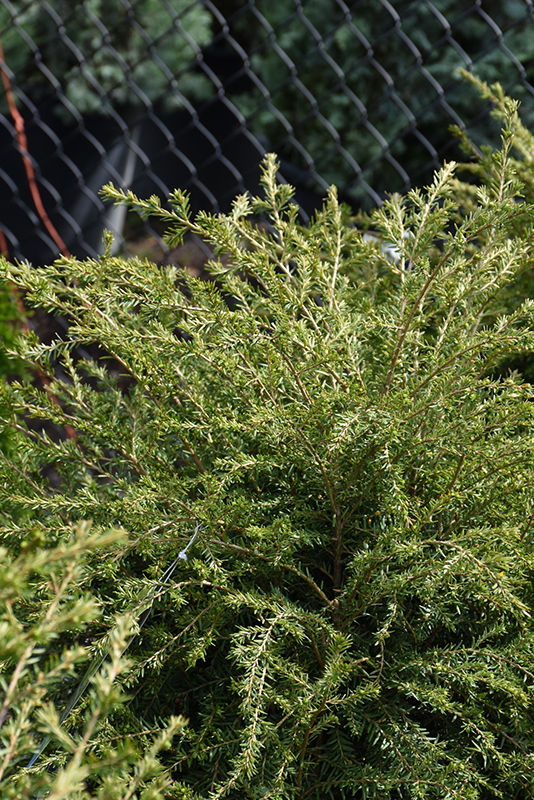>> Home
Emerald Fountain Hemlock
Tsuga canadensis 'Monler'
Height: 10 feet
Spread: 3 feet
Sunlight:
![]()
![]()
Hardiness Zone: 4
Other Names: Canadian Hemlock, Eastern Hemlock
Description:
If you're tired of the usual columnar arborvitaes, why not give this gem a try - naturally dense and tight, with rich bright green new growth set off against the darker older needles; needs organic, acidic soil and adequate moisture
Ornamental Features
Emerald Fountain Hemlock is a dwarf conifer which is primarily valued in the landscape or garden for its rigidly columnar form. It has attractive dark green evergreen foliage which emerges emerald green in spring. The needles are highly ornamental and remain dark green throughout the winter.
Landscape Attributes
Emerald Fountain Hemlock is a dense multi-stemmed evergreen shrub with a narrowly upright and columnar growth habit. It lends an extremely fine and delicate texture to the landscape composition which can make it a great accent feature on this basis alone.
This shrub will require occasional maintenance and upkeep, and is best pruned in late winter once the threat of extreme cold has passed. Gardeners should be aware of the following characteristic(s) that may warrant special consideration;
- Insects
Emerald Fountain Hemlock is recommended for the following landscape applications;
- Accent
- Vertical Accent
- Hedges/Screening
- General Garden Use
Planting & Growing
Emerald Fountain Hemlock will grow to be about 10 feet tall at maturity, with a spread of 3 feet. It has a low canopy, and is suitable for planting under power lines. It grows at a medium rate, and under ideal conditions can be expected to live for 50 years or more.
This shrub does best in full sun to partial shade. It does best in average to evenly moist conditions, but will not tolerate standing water. It is not particular as to soil type, but has a definite preference for acidic soils. It is quite intolerant of urban pollution, therefore inner city or urban streetside plantings are best avoided, and will benefit from being planted in a relatively sheltered location. Consider applying a thick mulch around the root zone in winter to protect it in exposed locations or colder microclimates. This is a selection of a native North American species.
